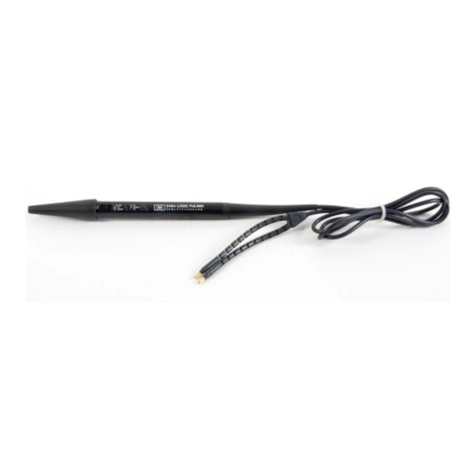
In This Book
This User’s Guide shows you how to use
the HP 16500B Logic Analysis System in
your everyday debugging work.
Chapter 1, “Triggering,” shows you how to
set up the analyzer to trigger on the
various kinds of events present in your
system. Advanced triggering capability
allows you to look at only the program
states of interest when you are solving a
particular problem.
Chapter 2, “Intermodule Measurements,”
shows you how to configure multiple
HP 16500 modules and external
measurement instruments into a single
measurement system in which modules
trigger each other.
Chapter 3, “File Management,” shows you
how to transfer files to and from the
HP 16500B using flexible disks, LAN
interfaces, and other interfaces.
Chapter 4,“Concepts,” gives you a brief
introduction to the ideas underlying the
trigger sequencer and the inverse
assembler, two important components of
sophisticated logic analysis.
Chapter 5, “Solving Problems,” shows you
how to diagnose and correct the more
common types of problems that might
occur while you are making a
measurement.
Chapter 6, “Application Notes,” lists the
various application notes that HP has
published regarding the HP 16500B and
other similar HP logic analyzers. These
Triggering
Intermodule Measurements

































